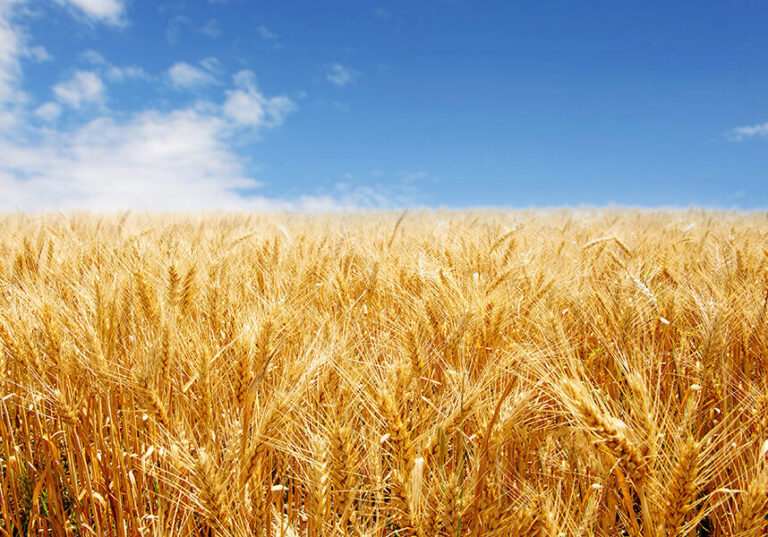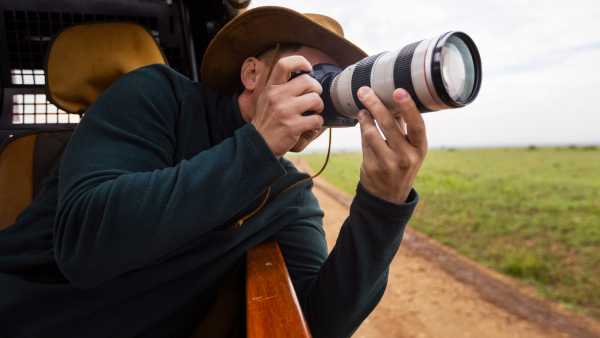
(Image credit: Getty Images)
Photographing animals in their natural environment is a process that requires attention and discipline. It requires thoughtful thinking, silent movements and maximum concentration.
To get impressive shots, you don’t have to buy top-end equipment or hide in ambush for days. However, it’s worth considering the typical mistakes that even the most passionate beginner photographers make.
These five mistakes are familiar to everyone, but fortunately, they are easy to prevent. Before you fill your memory card with blurry images, consider these tips for better results.
You might be interested
-
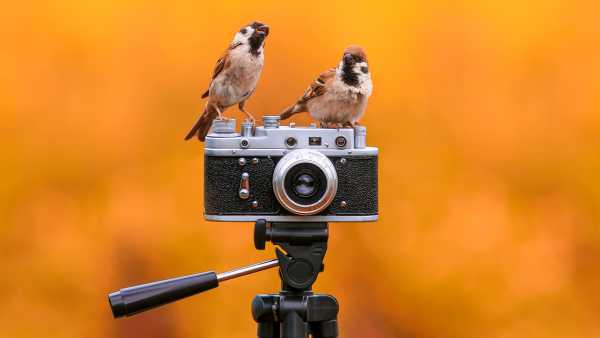
Simple Tricks to Improve the Quality of Wildlife Photos Without Investing in Equipment
-
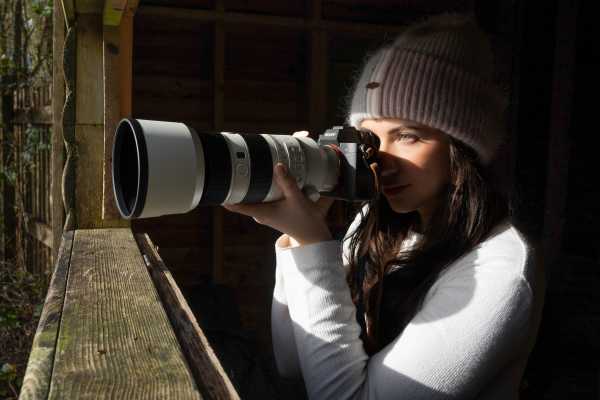
Top Cameras 2025 for Professional Photography of Animals in Their Natural Environments
-
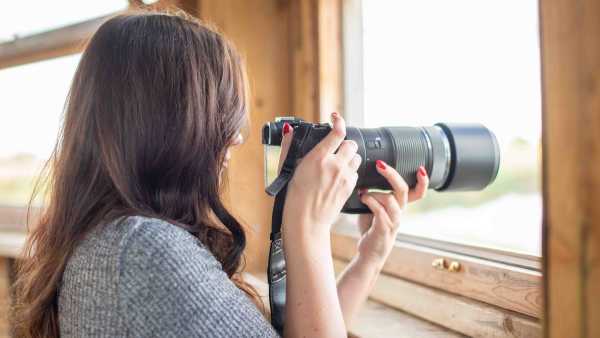
Budget optical solutions up to $1000 for safari and ornithology.
1. Unverified shooting parameters
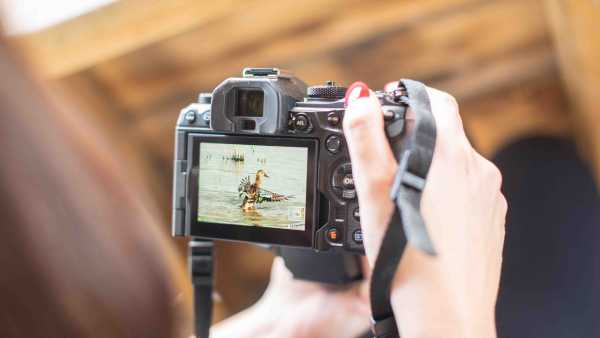
Always test your equipment settings before shooting.
A unique moment appears suddenly: an object in the frame, a quick click of the shutter. However, outdated settings from the previous shoot can ruin the long-awaited shot.
Recommended materials
The Best Cameras for Photographing Animals
Optimal lenses for nature
Budget optics up to $1000
Top Macro Lenses
Binoculars rating
Specialized binoculars for ornithologists
Compact optical instruments
Make sure that the correct shutter speed, aperture, ISO, and shooting modes are selected. For dynamic scenes, fast shutter speeds (from 1/1000), continuous autofocus, and continuous shooting are preferable.
Don't rely entirely on the camera display – lighting can distort the image. Use the histogram to accurately assess exposure. Even distribution of the graph without distortions towards the edges is an indicator of correct settings. Monitoring the histogram helps you quickly adapt to changing conditions.
Popular models for photographing animals:
Canon EOS R5 Mark II
$3,999Compare Prices
Sony A7 IV
$2,698See offers
Nikon Z8
$3,696.95Price ReviewThe system analyzes millions of items daily. 2. Neglecting Lighting

The rays of dawn and sunset add volume to the photographs.
Lighting determines the basic parameters of photography: exposure, color rendition, detail. However, many people shoot in aggressive midday light with sharp shadows.
The golden hours after sunrise and before sunset are the best time to work. Soft light emphasizes texture and creates natural shadows. In cloudy weather, clouds act as a natural diffuser, improving detail. Don't forget to adjust the white balance to the current conditions.
Experiment with the direction of light: backlighting creates a halo effect, while sidelighting emphasizes the relief.
3. Violation of distance
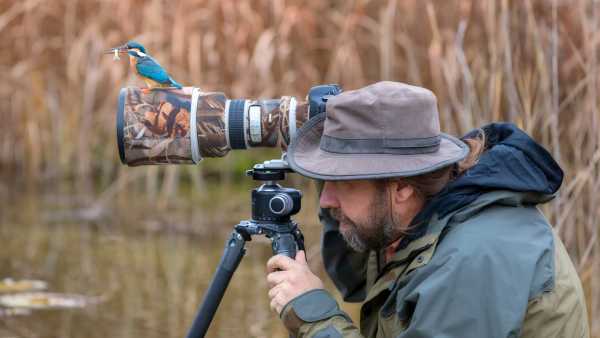
Involve animals in your shooting area thoughtfully.
Too much zooming in stresses the animals and results in lost shots. Incorrect distance also affects focusing capabilities.
Use telephoto lenses or set up feeding zones on location. By preparing your composition in advance and keeping your distance, you can capture the natural behavior of your subjects. Wide-angle shots with elements of the habitat often look more expressive than portrait angles.
Observation optics:
Nikon 8×42 Binoculars
$86.95Compare Prices
Celestron Nature DX 8×32
$159.95 $124.99 View DealsCurrent prices updated daily. 4. Overcropping
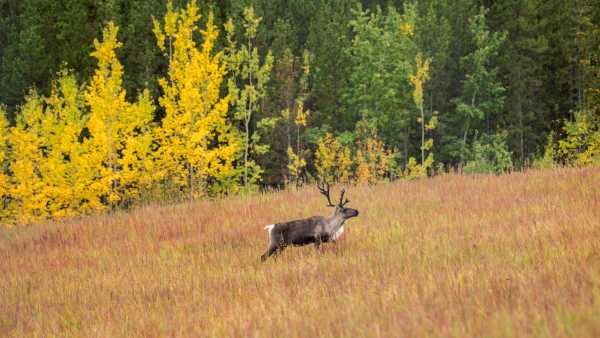
High magnification reduces detail.
Maximum zoom increases the risk of blurry images, especially when shooting handheld. Use a tripod or support for stabilization.
Cropping is acceptable within 30-40% of the original resolution. Modern high-resolution cameras allow more freedom, but the quality of the lens remains a key factor.
Crop sensors and compatibility:
Canon EOS R7
$1,599 $1,499 View models
Sony A6700
$1,498Review
Nikon Z fc
$906.95Compare PricesThe system analyzes products daily. 5. Poorly thought-out composition
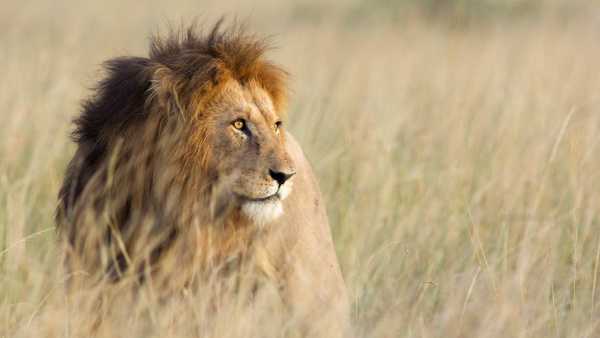
The choice of shooting point determines the dynamics of the frame.
Perfect lighting and settings do not compensate for poor composition. The central position of the subject sometimes looks static.
Apply the rule of thirds, leaving space in the direction of the animal's movement or gaze. Control the background: remove distracting elements through blurring or changing the angle. Shooting at eye level adds depth and emotion to the images.
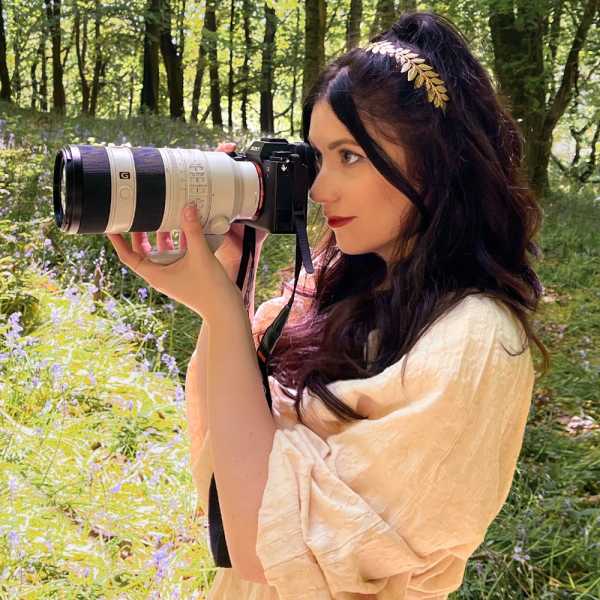
Kimberly Lane, Equipment Expert
Live Science author with six years of experience in photography, specializing in testing Sony, Canon, OM System equipment. Published in Digital Camera World, collaborates with Space.com. Regularly conducts astrophotography in the dark skies of Wales.
Name verification is required to post a comment.
Please refresh the page after logging in.
Exit Read more
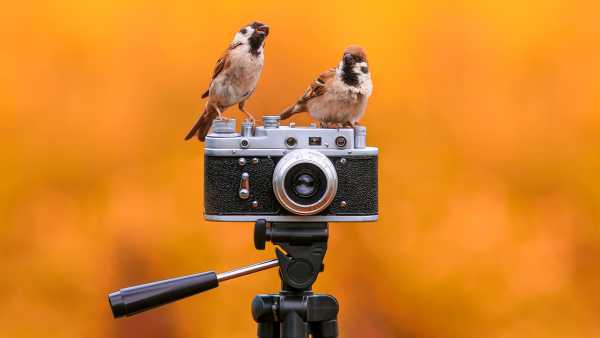
Improving Nature Photography Without Expensive Equipment
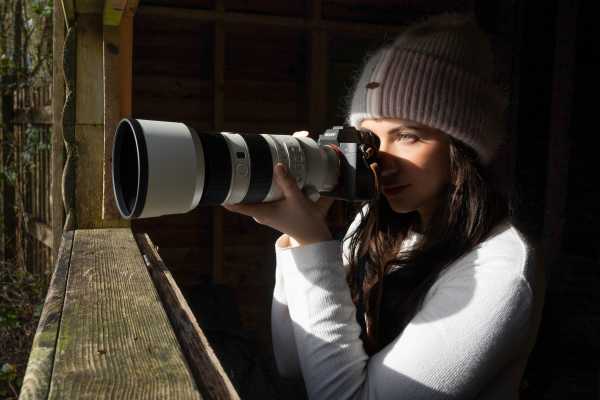
Professional Cameras 2025 for Nature Photography
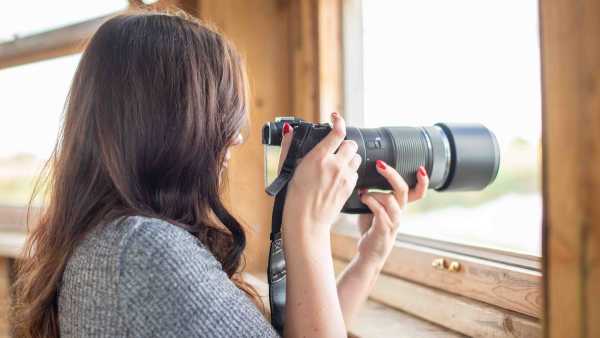
Optics under $1000 for travel and observation

Common Mistakes When Using Educational Microscopes
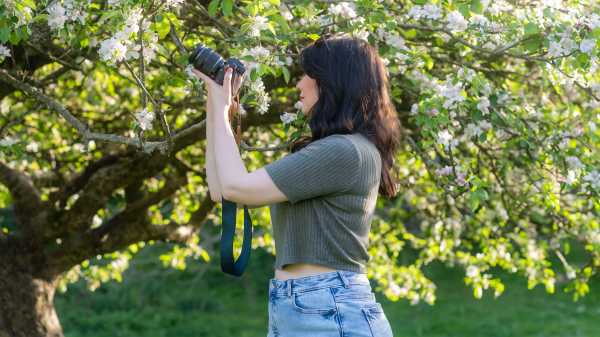
Best Entry Cameras of 2025: Affordable Options
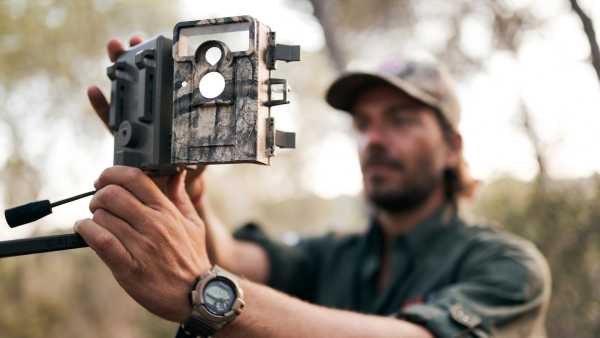
Innovative solutions for nature photography
Sourse: www.livescience.com


